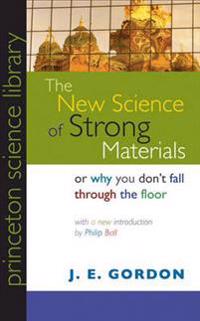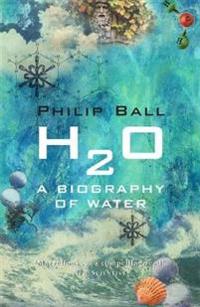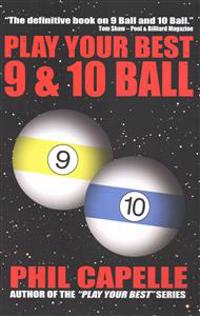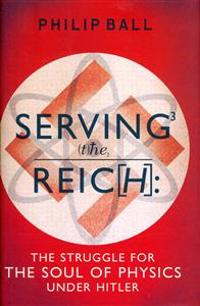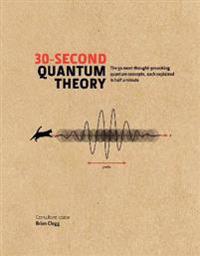Designing the Molecular World: Chemistry at the Frontier (Pocket)
avPhilip Ball
ISBN: 9780691029009 - UTGIVEN: 1996-11-11The New Science of Strong Materials or Why You Don't Fall Through the Floor (Häftad)
avJ. E. Gordon, Philip Ball
ISBN: 9780691125480 - UTGIVEN: 200601This new edition of J. E. Gordon's classic introduction to the properties of materials used in engineering answers some fundamental and fascinating questions about how the material world around us functions. In particular, Gordon focuses on so-called strong materials, such as metals, wood, ceramics,[...]
H2O (Storpocket)
avPhilip Ball
ISBN: 9780753810927 - UTGIVEN: 200010The extent to which water remains a scientific mystery is extraordinary, despite its prevalence and central importance on Earth. Whether one considers its role in biology, its place in the physical world (where it refuses to obey the usual rules of liquids) or its deceptively simple structure, there[...]
Play Your Best 9 & 10-Ball (Häftad)
avPhilip Capelle, Janet Tedesco
ISBN: 9780989891745 - UTGIVEN: 2014-11Curiosity (Inbunden)
avPhilip Ball
ISBN: 9781847921727 - UTGIVEN: 2012-05There was a time when curiosity was condemned. To be curious was to delve into matters that didn't concern you - after all, the original sin stemmed from a desire for forbidden knowledge. Through curiosity our innocence was lost. Yet this hasn't deterred us. Today we spend vast sums trying to recrea[...]
Serving the Reich (Inbunden)
avPhilip Ball
ISBN: 9781847922489 - UTGIVEN: 2013-10While some scientists tried to create an Aryan physics that excluded any 'Jewish ideas', many others made compromises and concessions as they continued to work under the Nazi regime. This book tells the story of physics under Hitler.[...]
30-second Quantum Theory (Inbunden)
avBrian Clegg, Philip Ball
ISBN: 9781848316669 - UTGIVEN: 2014-07A beautifully illustrated, full-colour guide to one of science's most infamously impenetrable subjects.[...]
Why Society is a Complex Matter (Häftad)
avPhilip Ball
ISBN: 9783642289996 - UTGIVEN: 2012-06Society is complicated. But this book argues that this does not place it beyond the reach of a science that can help to explain and perhaps even to predict social behaviour. As a system made up of many interacting agents - people, groups, institutions and governments, as well as physical and technol[...]
Life's Matrix: A Biography of Water (Pocket)
avBall, Philip
ISBN: 9780520230088 - UTGIVEN: 2001-06-20One of the four elements of classical antiquity, water is central to the environment of our planet. In "Life's Matrix, "Philip Ball writes of water's origins, history, and unique physical character. As a geological agent, water shapes mountains, canyons, and coastlines, and when unleashed in hurrica[...]


